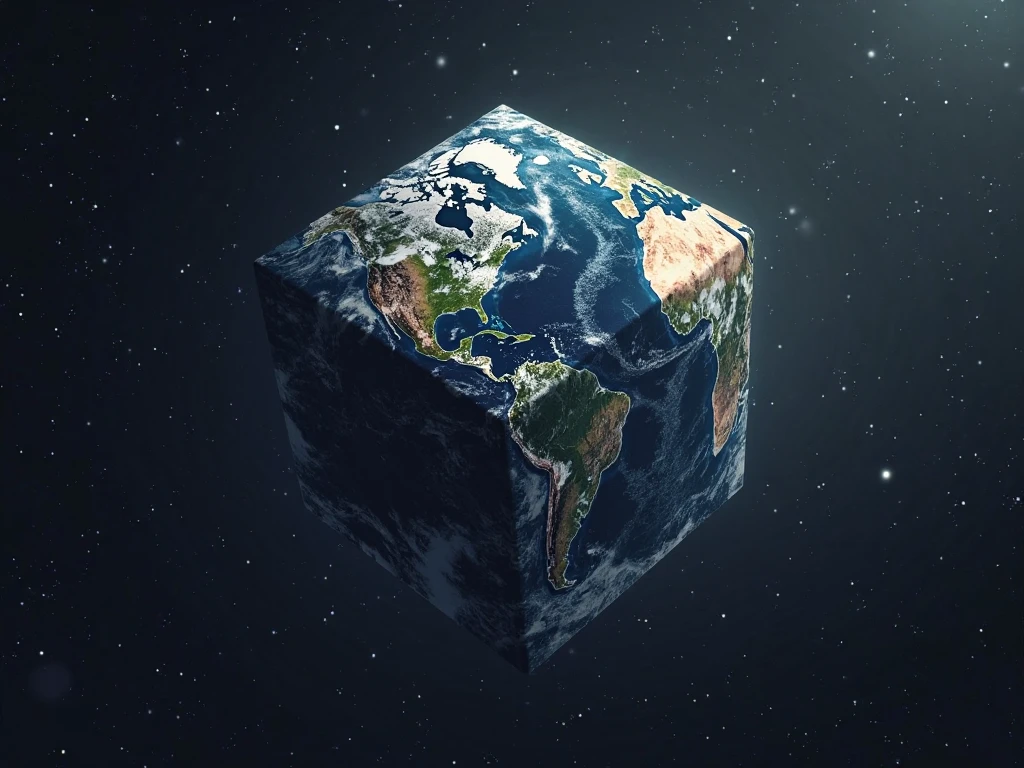When we look at the planets in our solar system, one thing is clear: they are all round. Whether it’s Earth, Mars, Jupiter, or even distant Neptune, each planet takes on a spherical shape. But why is that the case? Why don’t we see cube-shaped or irregularly formed planets? The answer lies in the fundamental laws of physics and the nature of gravity.

The Role of Gravity
Gravity is the dominant force responsible for shaping planets. When a celestial body forms, it starts as a collection of dust, gas, and other materials that are pulled together by gravity. As the mass accumulates, gravity pulls equally in all directions, drawing the material toward a central point. This results in a shape where all points on the surface are roughly the same distance from the center essentially, a sphere.
A sphere is the most energy-efficient shape that a mass can take under the influence of gravity. Any irregularities in shape get smoothed out over time because gravity works to distribute the mass evenly.
Minimum Mass for Roundness
Not all celestial bodies are perfectly round. Smaller asteroids and moons often have irregular shapes because their gravity is too weak to mold them into spheres. Scientists use a concept called the hydrostatic equilibrium, which refers to when an object’s gravity is strong enough to overcome rigid body forces and shape it into a sphere. Typically, objects need to be at least 500–1,000 km in diameter for this process to take effect.
Rotation and Centrifugal Force
While gravity pulls planets into a spherical shape, their rotation can slightly alter this perfect roundness. Most planets are not perfect spheres but rather oblate spheroids meaning they are slightly flattened at the poles and bulging at the equator. This is due to the centrifugal force caused by their rotation. Planets like Jupiter and Saturn, which spin rapidly, have noticeable equatorial bulges.
Why Aren’t Planets Cube-Shaped?
A cube would have edges and corners that stick out, meaning gravity would pull more on those protrusions, eventually rounding them out. Additionally, a cube is not an efficient shape for distributing gravitational force evenly. Over time, any large celestial body that starts with an irregular shape will naturally become more spherical due to the balancing force of gravity.

Exceptions to the Rule?
While planets are round, other celestial objects, such as small moons, asteroids, and comets, can have irregular shapes because they lack sufficient gravity to pull themselves into a sphere. However, once an object reaches planetary size, gravity ensures that it conforms to the same basic round shape.
The round shape of planets is a result of gravity acting over time, pulling material equally in all directions. This process ensures that planets take on the most stable and efficient shape possible: a sphere. While rotation can slightly alter this shape, the fundamental reason why planets are round remains rooted in the physics of gravity and mass distribution. Next time you look at a planet, remember that its spherical shape is a testament to the laws of the universe at work!